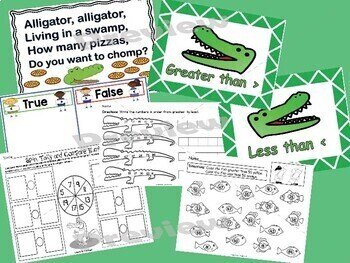


If the numbers in the parentheses don't have any common factors, then the number you factored out must be the greatest common factor Are the claims true? If so, explain mathematically why this is the case. For example, express 36 + 8 as 4 (9+ 2)." i) 20 + 30 iii) 12 + 20Ĭ) Evaluate the claims two students make after they completed 96: If you factor out the greatest common factor, the numbers in the parentheses have no common factor. Decompose numbers less than or equal to 10 into pairs in more than one way, e.g., by using objects or drawings, and record each decomposition by a drawing or equation quantitative(e.g., 5 2 + 3 and 5 4 + 1). a) Find the greatest common factor of the pairs below: i) 20 and 30 iii) 12 and 20 ii) 45 and 60 iv) 21 and 24 b) Using the problems below, practice the last part of the standard, "Use the distributive property to express a sum of two whole numbers 1-100 with a common factor as a multiple of a sum of two whole numbers with no common factor. Use the distributive property to express a sum of two whole numbers 1-100 with a common factor as a multiple of a sum of two whole numbers with no common factor. One sixth grade Common Core State Standard, 6.NS.B.4, is written below: Find the greatest common factor of two whole numbers less than or equal to 100 and the least common multiple of two whole numbers less than or equal to 12. 2020 Standards Implementation 2020 Standards. CC.2.1.K.A.3 K Mathematical relationships among numbers can be represented, compared, and communicated. Compare two numbers between 1 and 10 presented as written numerals. Standards and Instructional Support Newsletter Read the Newsletter. objects in one group is greater than, less than, or equal to the number of objects in another group, e.g., by using matching and counting strategies. Use the distributive property to express a sum of two whole numbers 1-100 with a common factor as a multiple of a sum of two whole numbers with no common factor .6.NS.C. The Common Core State Standards in Mathematics are standards used in the majority of states to provide curriculum guidance. To submit general questions or comments about the standards review and revision process, please contact: Joanna Bruno, Ph.D. Find the greatest common factor of two whole numbers less than or equal to 100 and the least common multiple of two whole numbers less than or equal to 12. Four pages of practice and a two page assessment. Compose and decompose numbers from 11 to 19 into ten ones and some further ones, e.g., by using objects or drawings, and record each composition or decomposition by a drawing or equation (e.g., 18 10 + 8) understand that these numbers are composed of ten ones and one. Great product to use when teaching greater than, less than, and equal to. Common Core State Standards Alabama Courses of Study Alaska Content and Performance Standards Arizona's College and Career Ready Standards Arkansas Curriculum Frameworks California Content Standards Colorado Academic Standards (CAS) Connecticut Core Standards Delaware Standards and Instruction Florida Standards Georgia Standards of Excellence Hawaii Content and Performance Standards Idaho Content Standards Illinois Learning Standards Indiana Academic Standards Iowa Core Kansas Academic Standards Kentucky Academic Standards Louisiana Academic Standards Maine Learning Results Maryland College and Career-Ready Standards Maryland Standards Massachusetts Curriculum Frameworks Michigan Academic Standards Minnesota Academic Standards Mississippi College & Career Readiness Standards Missouri Learning Standards Montana Content Standards National STEM Standards Nebraska Core Academic Content Standards Nevada Academic Content Standards New Hampshire College and Career Ready Standards New Jersey Common Core Standards New Jersey Student Learning Standards New Mexico Content Standards New York State Learning Standards and Core Curriculum North Carolina Standard Course of Study North Dakota Academic Content Standards Ohio Learning Standards Oklahoma Academic Standards Oregon Academic Content Standards Pennsylvania Core and Academic Standards Rhode Island World-Class Standards South Carolina Standards & Learning South Dakota Content Standards Tennessee Academic Standards Texas Assessments of Academic Readiness (STAAR) Texas Essential Knowledge and Skills (TEKS) U.S.Transcribed image text: 9. Work with numbers 1119 to gain foundations for place value.


 0 kommentar(er)
0 kommentar(er)
